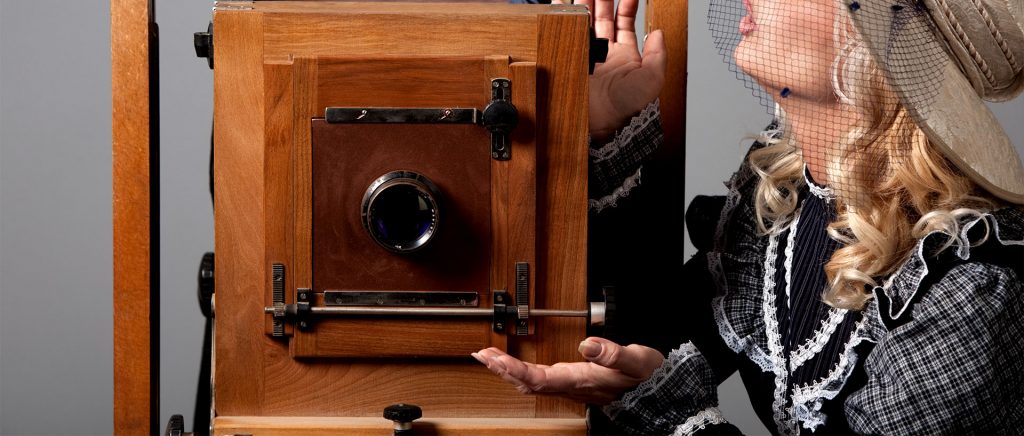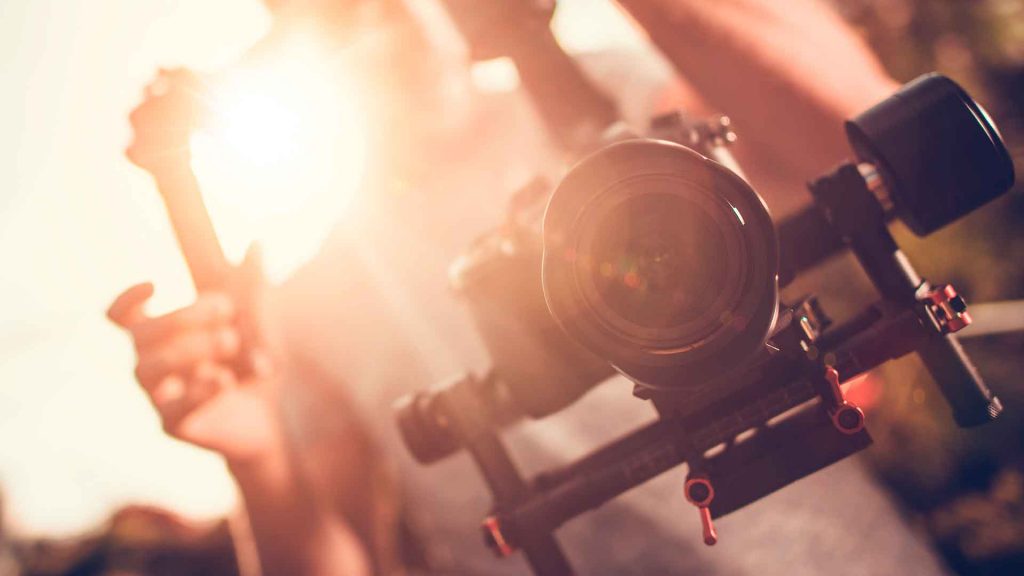Introduction.
Chroma Keys or Color Keys are a cinematic technique used by productions of all sizes for the embedding of mainly CGI (Computer Generated Imagery) backgrounds and is generally done under the supervision of a VFX (Visual Effects) specialist.
The idea of the technique is to have a uniform base on which moving objects stand out, so base colors such as blue or green are used.
Nowadays, the power of editing and effects programs are capable of interpreting a Chroma that is not perfectly uniform, however it is always interesting to look for the greatest possible uniformity in order to use less work at the time of post-production.

Understand the exposure of how to light a green screen.
Before lighting a background, always take into account the aperture you are going to work with, whether you are lighting a chroma or not.
Contrast ratios go hand in hand with the aesthetics you give to the product you are shooting, and therefore understanding how the background acts on the character is imperative.
In the case of the Chroma Keys, you need the background to be within the video signal you are interested in for the character, so you will start from an exposure value set by the aperture you have already decided to work with. Since, and this will be explained later, the least desirable aspect of a green screen is “color spill”, i.e. color contamination on the character, the background illumination is usually estimated at half that of the foreground. You can use tools such as the exposure meter, or in-camera tools and preview methods such as false color.
Light up the background.
Let’s assume that your set-up is for an interview, one or two static characters in front of the green screen. If you search a bit you will find that getting some photo tripods and a green screen of reasonable dimensions is more than affordable, they even come in packs and with that you can start testing and playing around a bit. To avoid headaches for your VFX editor, the main objective is to achieve uniform lighting, that is, not to find any hot spots on the chroma key. To achieve this it is best to illuminate it from both sides with large light sources. Preferably use fluorescent or LED screens with diffusion, some that work great are Westcott’s flex cinema screens. But there are more affordable options on the market, which are likely to suit all types of needs.
If you only have more focused devices, such as a 2K tungsten, use diffusion. It is best to place a small frame at each, about 30cm apart, to cover the beam completely and a larger frame in front of it, the greater the distance between frames, the greater the diffusion of shadows.
The larger the size of the chroma key, the more light you will need, but always bearing in mind the uniformity we are talking about. At the same time, it is important that the fixtures are the same, as working with different light sources can result in different exposures or worse, two color temperatures.
The background should always remain with the same exposure values and color temperature, remember that it will become a virtual background and is not affected by how you light the character.
When you have achieved a uniform background with an exposure value within your video signal, decide where your character will go and make the necessary cuts with flags so that this light does not contaminate your backlighting.
Always remember the inverse of the square law. and what will be the range of the bounce of the screen you have placed behind the character when you place it in front of the screen. Then you are ready to start lighting your first term.
Light up the first term.
When lighting the foreground there are several things to keep in mind: the physical distance at which you can place it in relation to the green screen, if the character is going to have some kind of movement, the amount of devices you have available to light it and above all what we are going to see in the background afterwards.
- The distance is set by the inverse square law, already mentioned above, since the green screen that we have illuminated has become just another source of illumination and we are not interested in it interacting with the main action. Place the character as far away as possible as long as it never leaves the green background. When what is called color spill appears, postproduction becomes more costly, economical and time-consuming.
- If you are faced with some kind of movement things change, because you will have to take into account where it moves and how that affects the background. Your lighting scheme must also take this movement into account, since it is not the same to light a static character as one that is not static. On the other hand, if the movement is not of the character but of the camera, it is in your interest to put Track marks, that way, the software will be able to fix the background to a virtual horizon and maintain the parallax in relation object-background in order not to lose the perspective and get a realistic result.
- When it comes to lighting your first term, you have to have done a consistent pre-production, where you already know the background that will play in the scene you are shooting, know where the light is coming from, the quality and quantity, your exposure value and depth of field to be able to replicate as accurately as possible the atmosphere in which you are going to find what you are lighting. In the case of an interview, you can always opt for a two or three-point illumination. But what I do recommend is to play with a well marked contra to end all the problems of Chroma reflection towards the character, thus avoiding any green halo and above all the murderous instinct of your VFX editor.
Otherwise, it is a matter of trial and error, the best thing you can do is try different techniques and understand how the light acts depending on where it comes from, its hardness, distance and power. So get rolling, get testing and to keep learning lighting techniques, visit us from time to time.
And don’t hesitate to comment on how your tests with your first Chroma lighting went and ask any questions you may have!









